Democratic National Committee Launches New Climate Council Months After Debate Feud
The Democratic National Committee has launched an internal council to serve as its climate ombudsman and set a sweeping new policy agenda on the issue, HuffPost has learned.
The move comes months after party leaders weathered blistering criticism from activists and even some White House hopefuls for refusing to host a presidential primary debate on global warming amid a spate of natural disasters and mounting calls from scientists to prioritize radical political changes in the near future.
The so-called Council on the Environment and Climate Crisis will operate as an independent body within the DNC to advocate as ambitious a policy platform as the party will support. Michelle Deatrick, a surrogate for Democratic presidential contender Bernie Sanders in both 2016 and 2020, will serve as its national chairwoman. The eight-member board ― made up of activists, West Coast party officials and one scientist ― is set to kick off a national listening tour in New Hampshire next week as its members start assembling a list of policy goals for the Democrats’ main party organ to ratify at its presidential nominating convention in Milwaukee this July.
“The time for incrementalism is long past and the longer we wait, the faster we have to move,” Deatrick, a Michigan farmer and poet who ran unsuccessfully for the state Senate in 2018, said in a phone interview. “The house is on fire.”
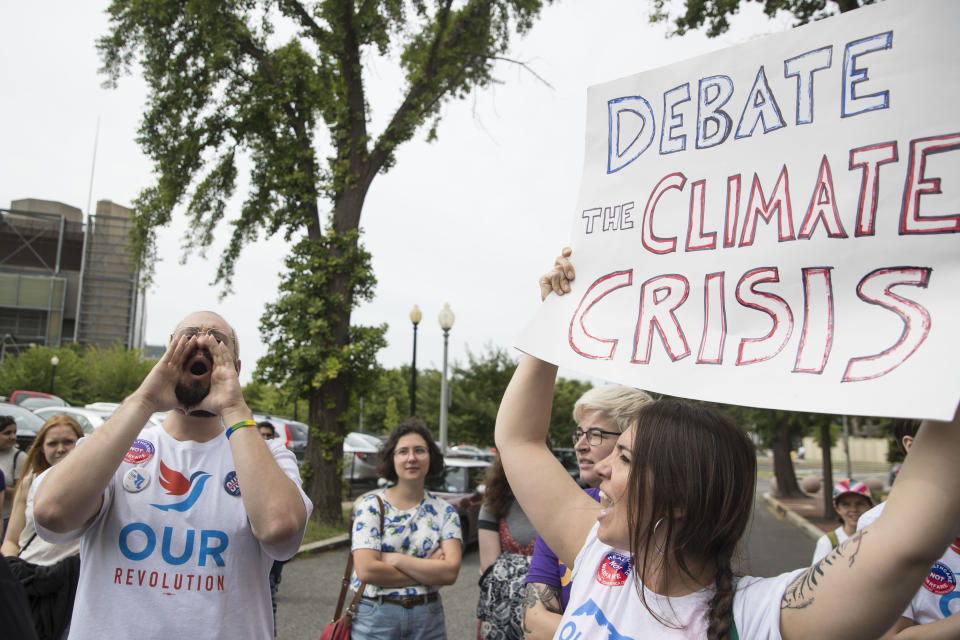
The panel was born out of internal strife in the party, when Democrats’ ascendant climate wing publicly lobbied DNC leaders to schedule a presidential debate focused exclusively on global warming.
Washington Gov. Jay Inslee, then making a White House bid as the climate candidate, sparred repeatedly with the party over rules that discouraged presidential hopefuls from participating in unofficial debates. Sunrise Movement, the influential youth campaigners behind the Green New Deal movement, staged protests aimed at embarrassing DNC leaders, whom they accused of kowtowing to fossil fuel interests and misunderstanding the magnitude of the looming climate threat.
In July, the DNC caved to pressure and agreed to hold a vote on a range of climate resolutions, including those in favor of hosting a debate and creating a council to focus on the issue. DNC members voted down the debate resolution at a meeting in San Francisco in August. But the council won approval.
Since then, Deatrick assembled a diverse team to sit on the council, including: vice chair David Green, a Washington state party official; youth director D Garcia, a Latina activist who worked with Sunrise Movement, the influential campaigners behind the Green New Deal; Black engagement director Allison Stephens, an education and public health expert; Asian American and Pacific Islander engagement director Pete Lee, a former Republican who abandoned conservatism, began grassroots organizing and now serves as vice chair of Oregon’s Democratic Party; Native American engagement director Paulette Jordan, an environmental crusader and 2018 Democratic nominee for governor of Idaho; Latinx engagement director Elly Zaragoza, a Green New Deal activist and former university administrator; and science officer Jennifer Burney, a University of California, San Diego, researcher who studies climate change’s impact on food security.
The group faces steep obstacles to bringing the Democratic Party on board with the kind of sweeping economic and industrial policy scientists say is needed to avert catastrophic warming.
In 2018, the DNC quietly adopted, then reversed, a ban on fossil fuel donations under pressure from labor unions who depend on lucrative pipeline work. A week ago, DNC Chairman Tom Perez announced a governing committee stacked with business-friendly Democrats, including some with fossil fuel interests who oppose the Green New Deal movement.
The party’s presidential field remains split on issues like fracking, the pollution-heavy drilling technique that spurred the American oil and gas boom, and nuclear energy, the nation’s top source of zero-emissions electricity.
And as liberal voters routinely list electability as a foremost priority for the 2020 election, Democratic leadership seems to see its best pathway to the White House as one that maintains what remains of a calm status quo following three chaotic years under President Donald Trump. (Sanders, who has proposed a transformative $16.3 trillion Green New Deal, and his progressive rival Massachusetts Sen. Elizabeth Warren are among the only candidates who consistently ranked at the top of environmental groups’ lists of 2020 contenders.)
“Anyone who’s paying attention can see at this point that climate change and environmental issues have been given nothing more than lip service from Tom Perez’s DNC up until now,” Evan Weber, Sunrise Movement’s political director, said by phone Wednesday.
He called the council “incredibly valuable” but warned that “there’s going to be a fight” over what Deatrick can propose for the party’s climate platform in Milwaukee.
Those challenges, of course, say nothing of the party’s own lack of internal infrastructure on climate change. Deatrick said the council plans to survey parties in all 50 states and seven territories to make sure that each one includes a caucus devoted to climate and environmental issues. Asked how many already exist, she couldn’t say, which she said illustrates how far behind the national party is on organizing around an issue most Democratic voters rank as a top concern.
“The fact that that knowledge is not well-known points to part of the reason why we are necessary,” Deatrick said.
For Deatrick, making climate change the Democrats’ electoral priority is a personal fight. For the past two years, she and her family could not plant on half her 80-acre farm in southeast Michigan due to flooding from unusually intense rainfall. In 2016, she ran for office for the first time and beat a three-time Republican incumbent for a seat on the Washtenaw County commission. It was one of only six red-to-blue victories in the entire Great Lake State that year.
“We’re a big-tent party, and this is an issue that affects people everywhere,” Deatrick said. “I see this as a huge opportunity for the Democratic Party.”
Related...
Jay Inslee, Climate Candidate, Exits 2020 Presidential Race
Naomi Klein On Looming Eco-Fascism: ‘We Are Literally And Politically Flammable’
Democrats’ Fracking War Heats Up As 2020 Voting Begins
Also on HuffPost
Love HuffPost? Become a founding member of HuffPost Plus today.
1st Prize Winner: Fog in Germany by SkyPro
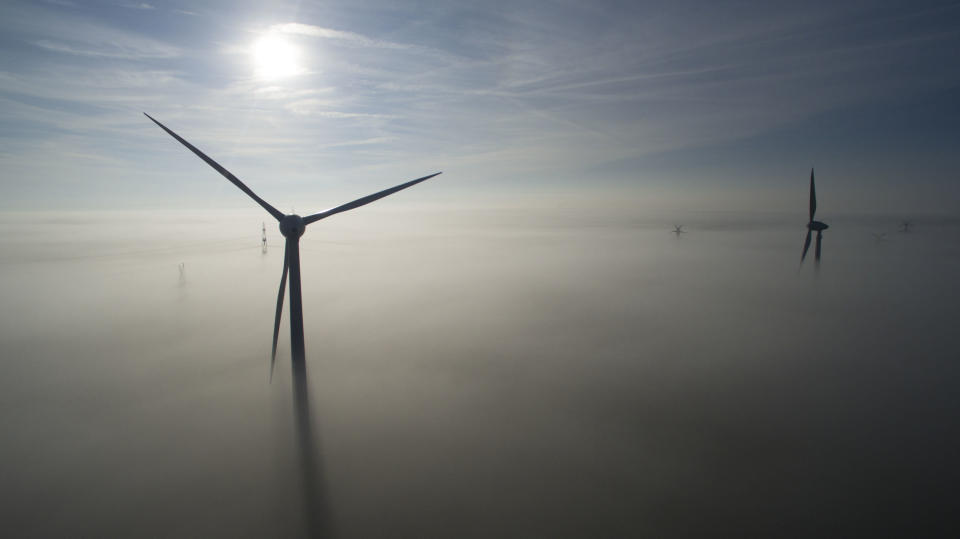
2nd Prize Winner: Church of Paracatu by Alexandre Salem
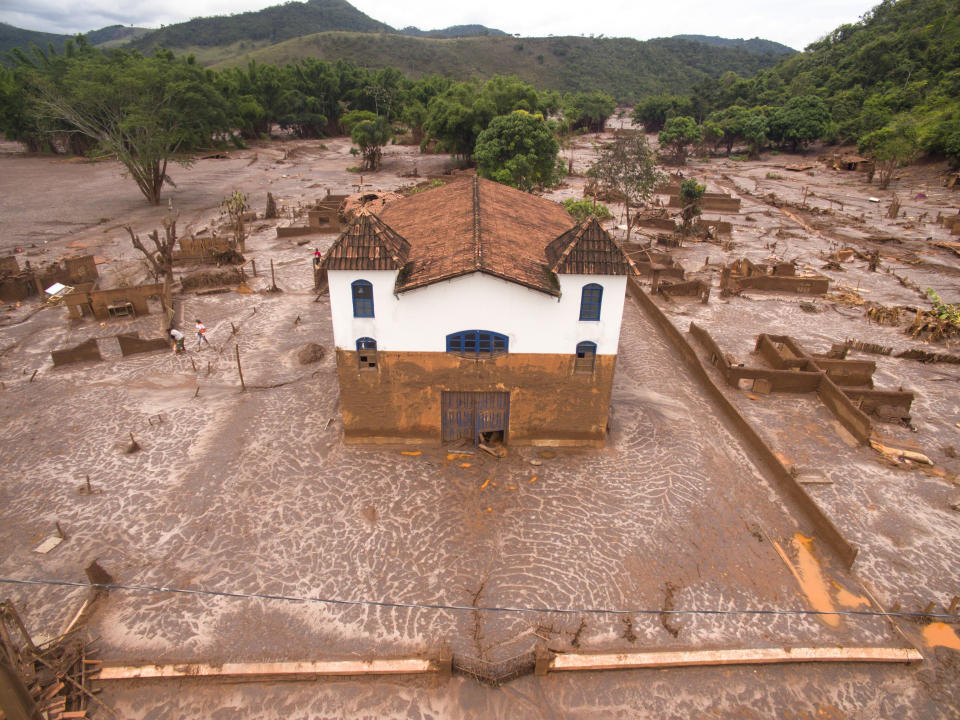
3rd Prize winner: Palangkaraya, Central Kalimantan, Indonesia by Yuyusera
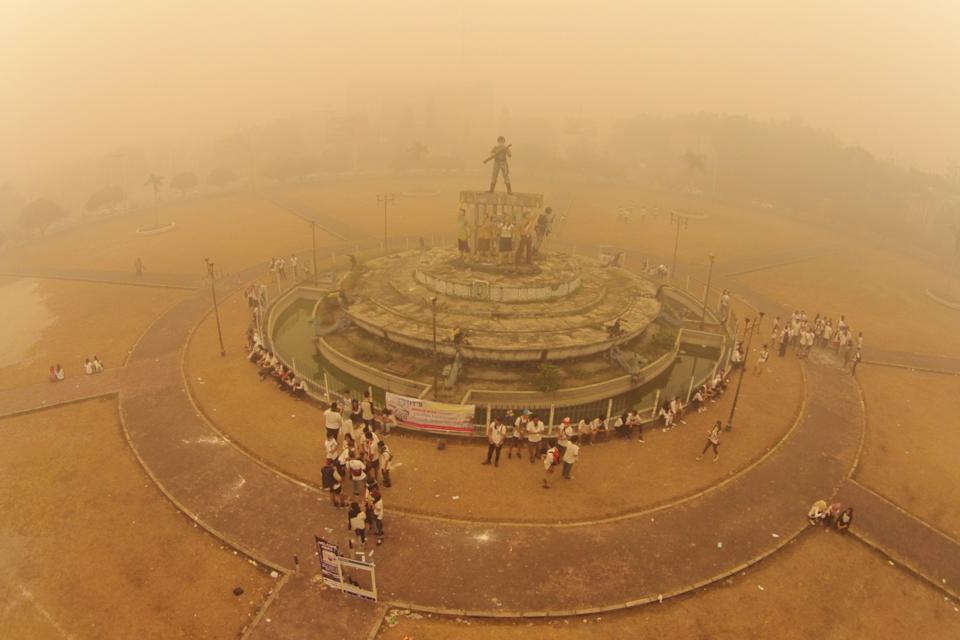
4th Prize Winner: Wind Power near Berlin by King-Fisher
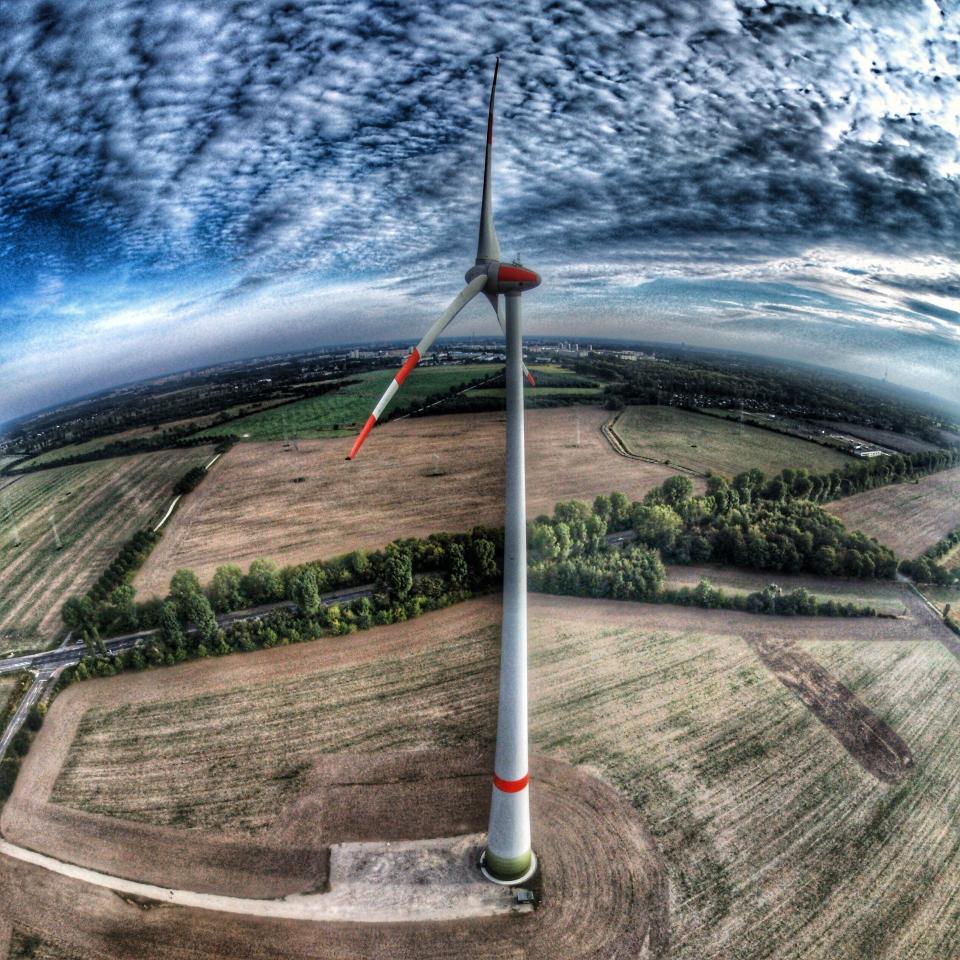
5th Prize Winner: Energy Active Office Building, Genk, Belgium by Drone-Partner
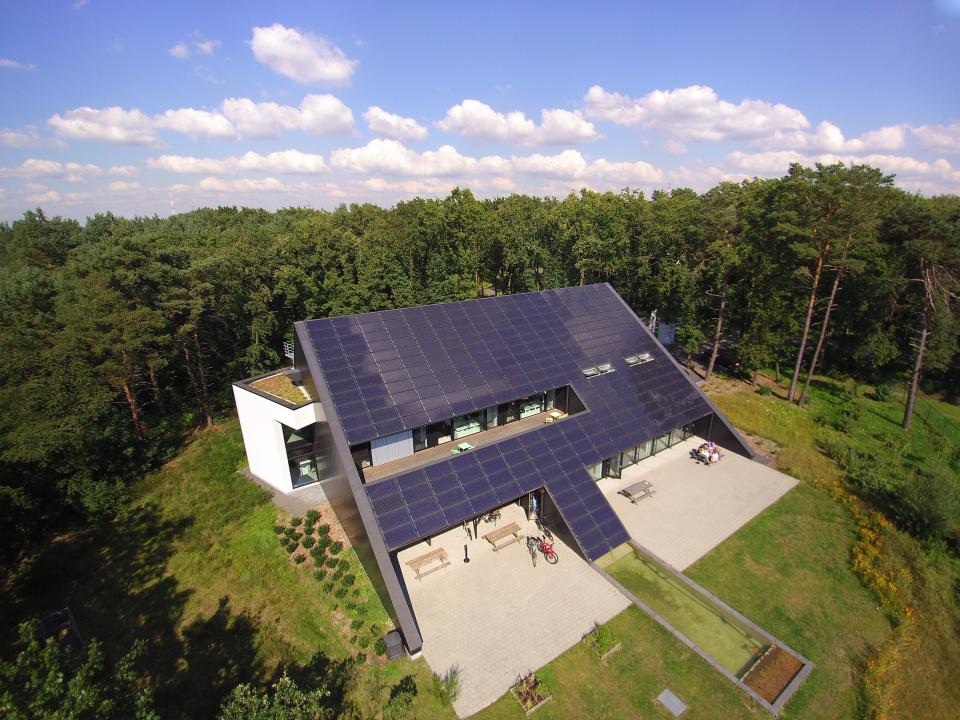
6th Prize Winner: Holbury, New Forest, UK by Mark Baker
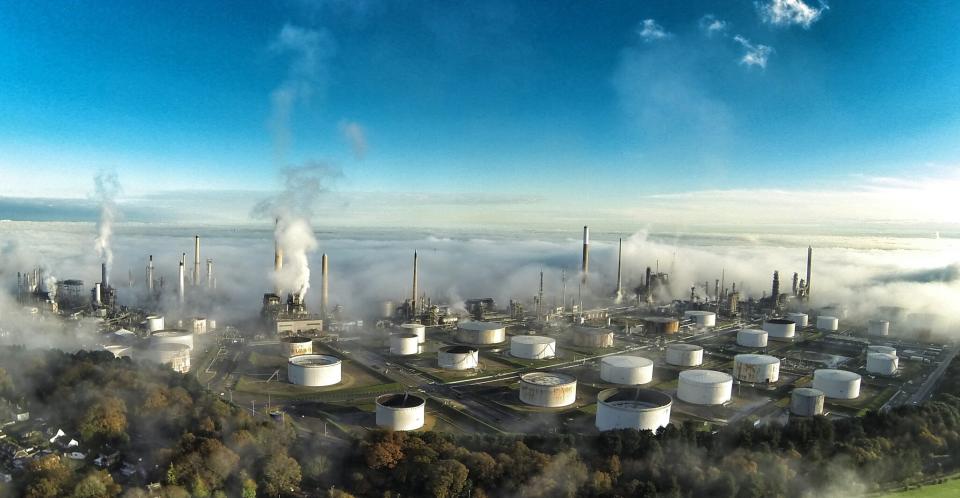
7th Prize Winner: Tiny island in the lake of Galvė by Karolis Janulis
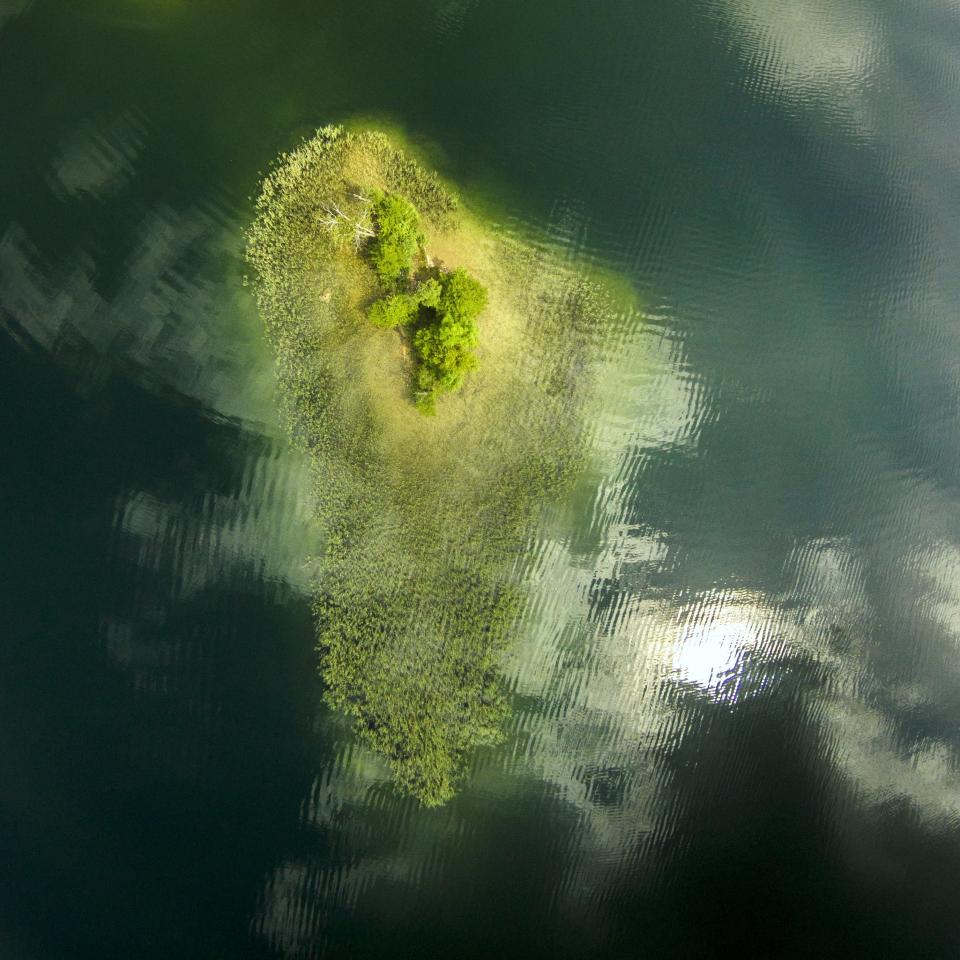
8th Prize Winner: High Tide in La Jolla, California by Kevin Dilliard
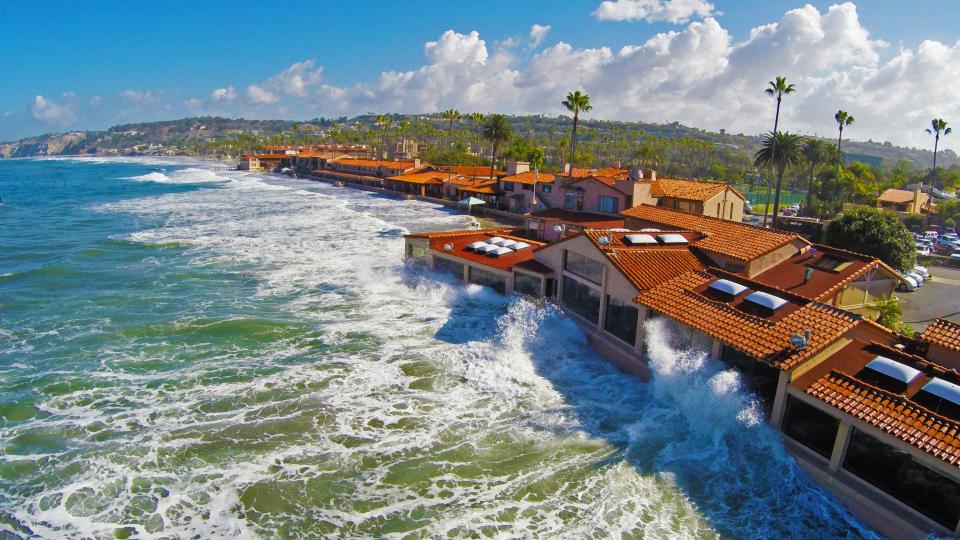
9th Prize Winner: Dhaka, Bangladesh by Zayedh
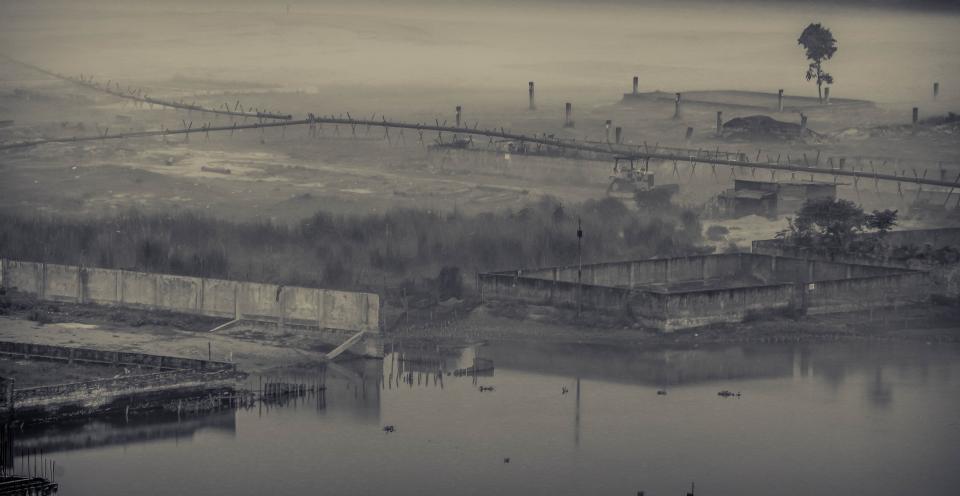
10th Prize Winner: Paracatu Cemiterio by Alexandre Salem
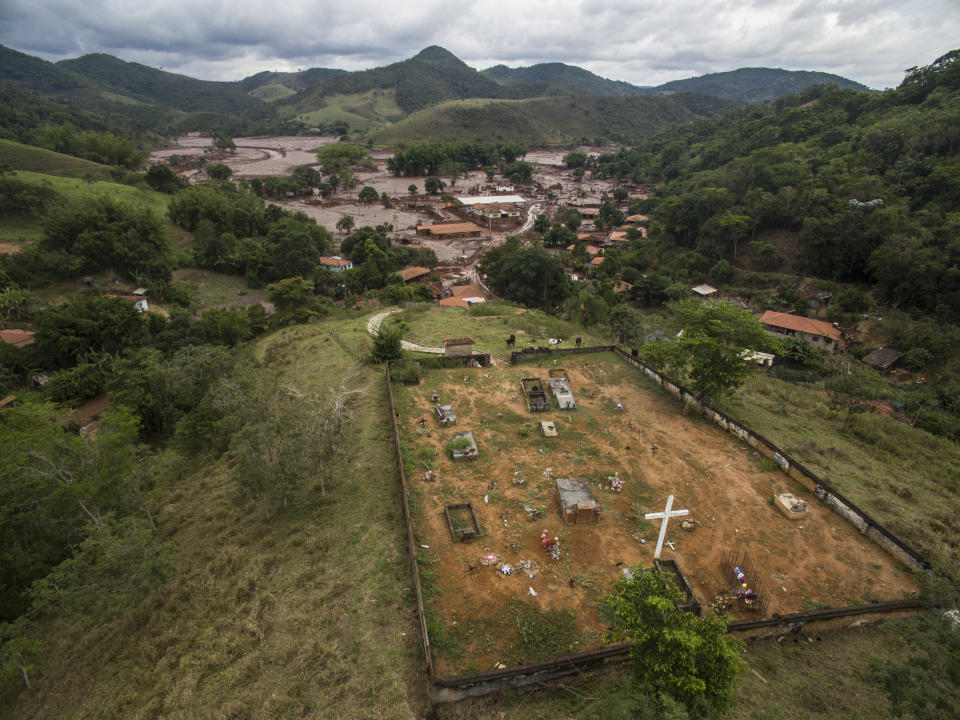
This article originally appeared on HuffPost.

